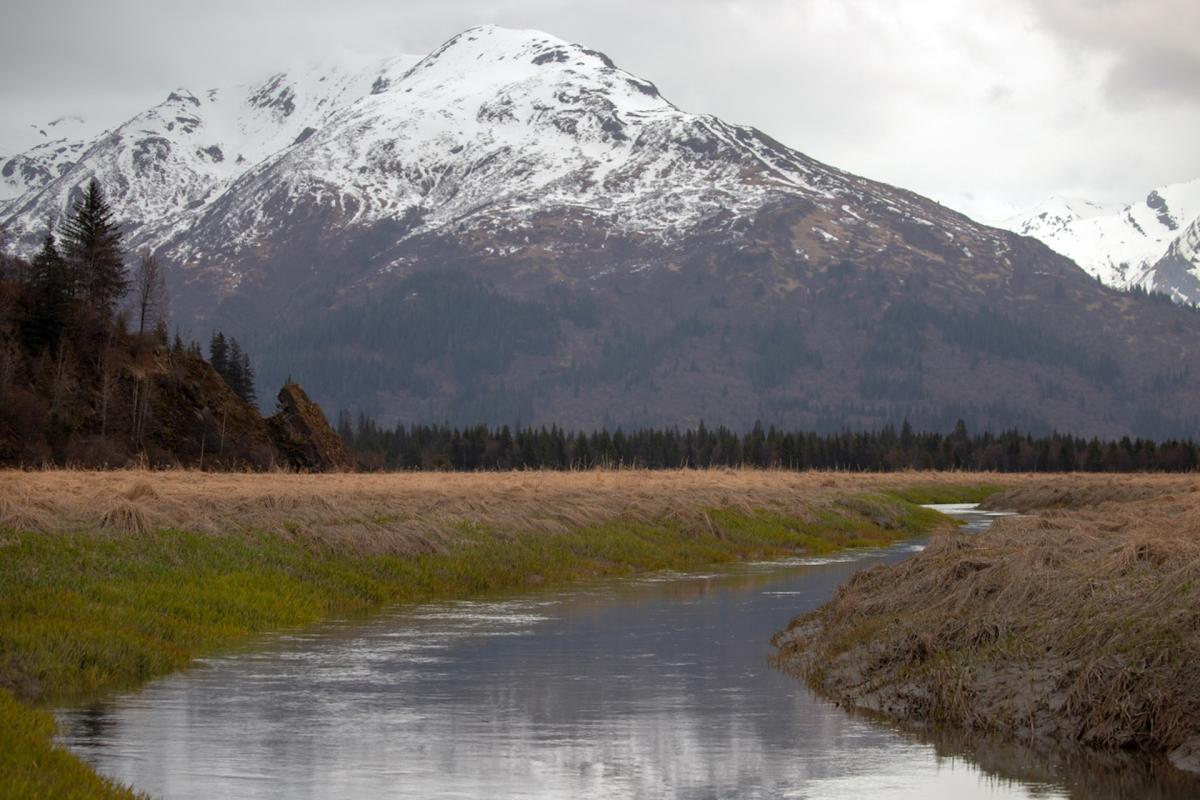Alaskan land is eroding at an alarming pace and isn’t being replaced fast enough because of rising temperatures.
According to Phys.org, researchers at the University of Texas at Arlington; the California Institute of Technology; the University of California, Santa Barbara; Massachusetts Institute of Technology; Los Alamos National Laboratory; the University of Chicago; and the University of Pennsylvania are studying what happens to permafrost when temperatures are rising.
What’s happening?
The team analyzed the land and permafrost along the Koyukuk River in Alaska. Permafrost is permanently frozen land, a mix of soil, sand, and gravel held together by ice. They aimed to see the effect of air temperature on permafrost formation.
While the researchers found permafrost is forming along this river, it isn’t forming fast enough to replace eroded land.
Why is eroding land concerning?
Organic carbon is stored in permafrost and can be released when it melts. Once it’s released, it combines with oxygen to create carbon dioxide. This toxic gas is one of the gases that is warming the planet.
“Permafrost is a delicate natural resource,” Nathan D. Brown, assistant earth and environmental sciences professor at UT Arlington, said. “If it is lost faster than it is regenerated, we endanger infrastructure and release carbon, which can warm the atmosphere.”
Watch now: Expert breaks down one issue that causes marketers to ‘lose their instinct’
According to NASA, rising temperatures are significantly impacting weather patterns in the United States. Many regions are experiencing extreme heat, which can cause health risks and affect crop yields. Some areas also experience more dangerous storms, which can damage property and ruin homes.
The melting permafrost is also causing another problem in Alaskan rivers, turning them an orange-rust color via melting permafrost and oxidation. This process happens when iron and oxygen have prolonged contact. When this happens, it can lower the pH levels in water, increasing acidity. This process can have harmful side effects for humans and wildlife.
What’s being done about eroding permafrost?
The United Nations says the way to combat eroding permafrost is to reduce polluting gases and the rate at which the temperature rises.
One way you can help is to upgrade your yard. Plant native species and avoid pesticides and fertilizers. You can also switch to electric yard tools, which can reduce the toxic gases you emit and minimize water pollution.
Join our free newsletter for good news and useful tips, and don’t miss this cool list of easy ways to help yourself while helping the planet.

